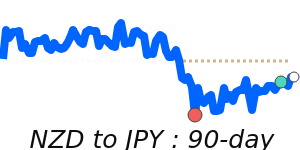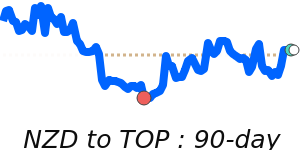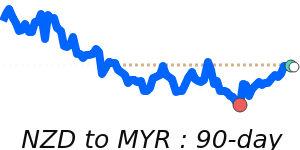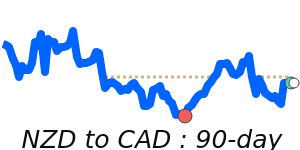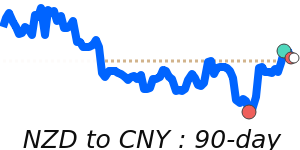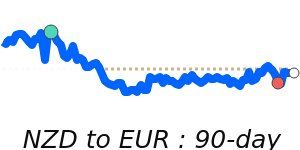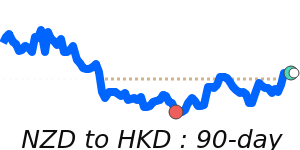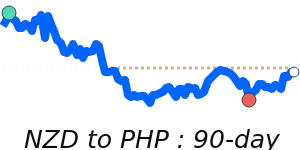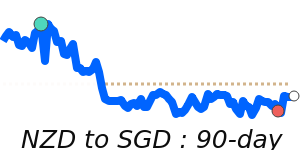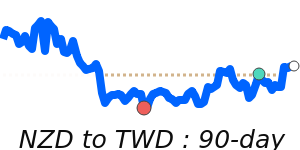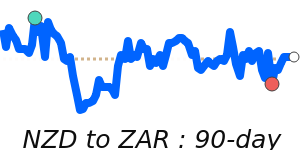The New Zealand dollar (NZD) remains under pressure despite the release of stronger-than-expected GDP figures. Investors reacted minimally to the growth data, which did not significantly alter the outlook for monetary policy from the Reserve Bank of New Zealand (RBNZ). The NZD is currently trading at 14-day lows against major currencies, with the NZD to USD hovering near 0.5757, just above its 3-month average, and the NZD to EUR at 0.4915, just below its average.
Recent developments include a notable shift in leadership at the RBNZ, with new Governor Anna Breman prioritizing low and stable inflation as a core objective. The RBNZ made a 25-basis point cut to the official cash rate in late November, bringing rates to a three-year low of 2.25%. Analysts suggest that unless economic conditions deteriorate significantly, rates are expected to remain steady.
Inflation is a crucial factor influencing the NZD, with recent reports indicating that it hit 3.0% for the third quarter, the upper end of the RBNZ's target range. This increase has been attributed mainly to rising electricity costs and housing-related expenses.
Additionally, as market participants look ahead, the upcoming trade figures for New Zealand may impact the currency's trajectory. Should exports show improvement in November, this could provide some support to the ‘kiwi’.
On the currency pair front, the NZD has been relatively stable against the yen, currently trading at 90.82, a 90-day high, which is significantly above the 3-month average. In contrast, the NZD to GBP is also experiencing pressure, currently at 0.4303, just below its average.
Overall, the outlook for the NZD remains cautious with several interconnected factors poised to influence its value in the coming weeks.



